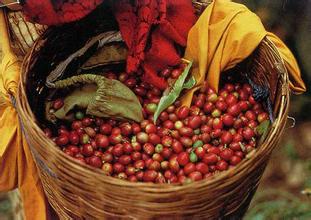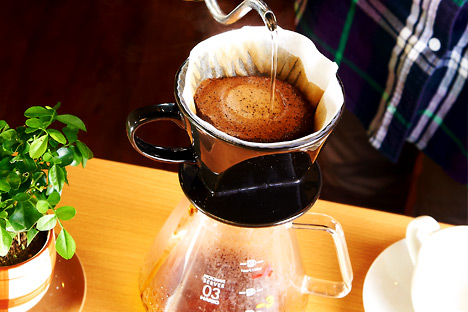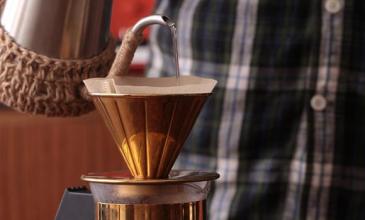Coffee bean treatment: a brief introduction to the picking process of coffee beans and the differences between several treatment methods

Today, there are two main types of coffee grown most widely in the world: Arabica beans (Coffee Arabica) and Robaster beans (Coffee Robusta). Arabica: accounts for 3/4 of the world's output, good quality, growing in the area of 15-20 °C, elevation requirements of more than 900m. Coffee beans are green to light green in color and oval in shape. Robaster: accounts for about 1/4 of the world's output, has a strong resistance to tropical climate, easy to cultivate. It is better to plant at an altitude of 200-300 meters. Coffee beans are round in shape, brown in color and furrowed.
Picking and processing methods of coffee
Because there are more coffee-producing countries in the world, and they are distributed at different elevations, generally speaking, there are newly harvested coffee beans most of the year.
The picking of coffee beans is divided into manual picking and mechanical picking. The picking process requires a lot of manpower. In order to ensure the quality of coffee beans, manual picking is usually used. Mechanical picking is suitable for large-scale coffee farms. Mechanical picking often picks immature fruits together with ripe fruits, and the product quality is difficult to compare with manual picking. Coffee beans can be processed in two ways: water washing and dry cleaning. In the water washing method, the coffee fruit is washed with clean water to remove soil and impurities from the surface. Then soak it in a pool to ferment, remove water after fermentation and dry in the sun, and finally use a sheller to separate the peel and beans.
Dry cleaning method
After drying the picked coffee fruit in the sun for two weeks, the coffee beans will be separated from the outer skin when dried, and the dried peel and beans will be separated by a sheller.
Source:
Na is a crazy blog.
Important Notice :
前街咖啡 FrontStreet Coffee has moved to new addredd:
FrontStreet Coffee Address: 315,Donghua East Road,GuangZhou
Tel:020 38364473
- Prev

Coffee brewing method: introduction of six best hand brewing methods in the world
In recent years, the scale of hand-brewed coffee has developed rapidly in China, and more and more enthusiasts have bought hand-brewing sets at home. On the one hand, the price of hand-made coffee utensils is more friendly to the people. Second, hand-brewed coffee can show the original flavor of coffee beans. However, there are many factors that affect hand-brewed coffee. Ten thousand people can flush out ten thousand flavors. Next, let's take a look at the 201 coffee makers who gather around the world.
- Next

Coffee brewing method: filter paper brewing is the easiest way to brew coffee.
First, the easiest brewing method with filter paper. 1. The characteristic filter paper brewing method is the simplest coffee brewing method. The filter paper can be discarded immediately after being used once, which is more sanitary and easy to clean up. The amount of boiled water and the method of injection can also be adjusted. One person can also brew, which is the best way to brew a small number of people. The focus of brewing coffee is similar to that of cloth bag brewing, choosing the baking time.
Related
- What is the meaning of lactic acid fermentation with coffee bean treatment?
- How to judge the state of foam by sound?
- How does the latte pull out the unicorn pattern? Come to get for a little trick to improve the flower pull!
- Will flower pulling affect the taste of the latte?
- Do you know the history of coffee?
- The difference between honey treatment and sun washing what is raisin honey treatment?
- What kind of milk can a novice use to make coffee foam to keep the foam longer? The correct method and skills of milking tutorial sharing
- Why do washed coffee beans taste sour? Flavor characteristics of washed Coffee
- Introduction to the skill of how to practice the size and height of water injection around the circle of hand-brewed coffee
- How do beginners practice coffee flower drawing from scratch?

